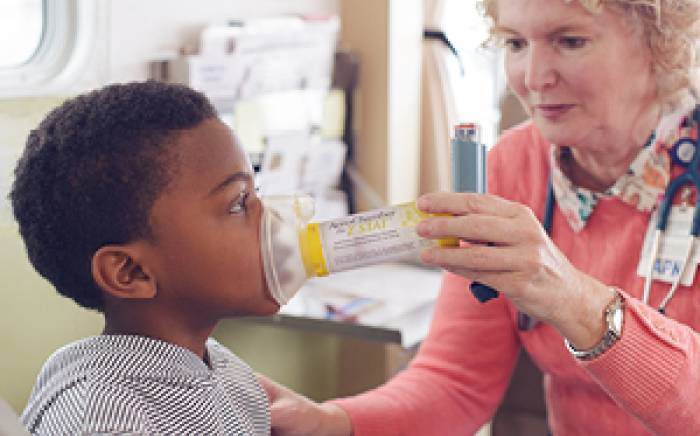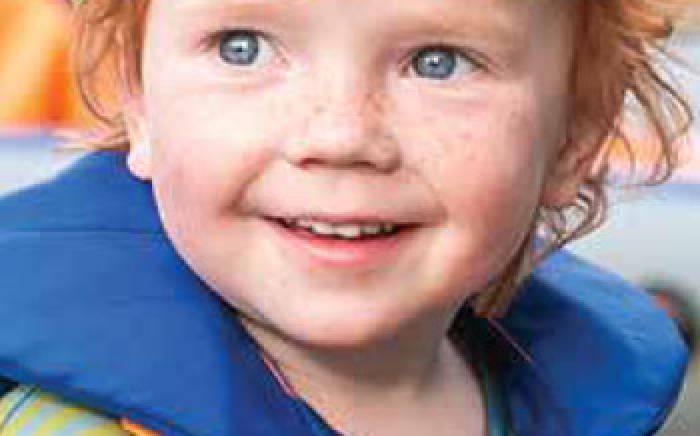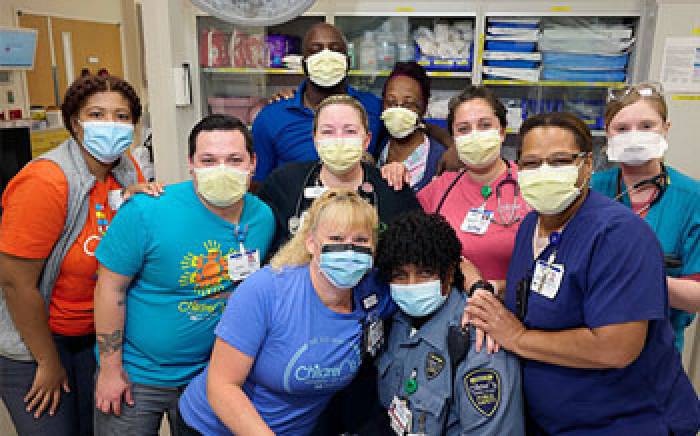The dreary winter months that occur after the holiday hubbub and before warm weather arrives can bring on a serious case of cabin fever for kids. So outdoor activities — especially in the snow — are a welcome dose of fun. But be prepared, because they also can be dangerous.
Bo Kennedy, MD, an emergency medicine physician at St. Louis Children’s Hospital, is a dad with kids who love the snow — Art Hill is their favorite destination for sledding. But he stresses parents should use common sense and supervise kids when they’re outside in the snow. You can’t swaddle your kids in bubble wrap to protect them but you can take some practical precautions so they can still have fun outside — safely. Here are some areas to watch for:
Sledding
- Find hills away from streets, trees or stationary objects. Sometimes these objects such as big rocks or bushes aren’t obvious if they’re covered in snow.
- Make sure there are separate paths to go up and down a hill to avoid running over people.
- When snow starts to melt and then refreeze or there’s a layer of ice with the snow, remind children to take extra care when sledding. “The biggest problem with icy surfaces is that they tend to make sledders lose control — they can’t steer,” Dr. Kennedy says.
- Advocate that your children wear helmets while sledding. “Although arm and wrist injuries are common, we worry most about head injuries. Having your child sled feet first may help with this problem.”
Snow Forts
To build a safer snow fort, keep it away from the street and only build the sides with snow. Dr. Kennedy recommends using plywood as a roof or not putting a roof on at all. “People underestimate the weight of snow. If a snow roof collapses on kids, it can be like being trapped in an avalanche and cause suffocation.”
Ice Skating
The biggest injury comes from falling on the ice, even for experienced people who may get knocked over. “It’s important to wear a helmet when ice skating,” Dr. Kennedy says. You can buy special helmets but bike helmets are fine for routine skating.”
He also advises against skating on ponds or lakes in the St. Louis area. “Around here, we have such temperature fluctuations that it’s too dangerous. The pond can have soft spots and thin ice.”
Playing in the Cold
Frostbite is a concern when kids are playing outside in the winter — or even if they’re waiting at the bus stop. “Parents should listen to their kids, especially if they’re hurting from the cold,” Dr. Kennedy says. He advises dressing in layers of synthetic material such as long underwear made with polypropylene and keeping exposed parts to a minimum. Take off wet clothes as soon as possible, or better yet, wear waterproof clothes, boots and gloves. Make sure there’s wiggle room in boots for circulation.
The first sign of frostbite is burning pain. As frostbite progresses, the area affected will feel numb. The key is to warm the area as soon as possible. “When warming the area, don’t add a burn injury by using water that is too hot,” Dr. Kennedy cautions. “Put warm water in a bowl and test the temperature. And don’t rub the area. It’s a myth that you should rub the area with snow. That will further damage the skin.” If normal skin color does not return in one hour, call your doctor or go to the ER.







